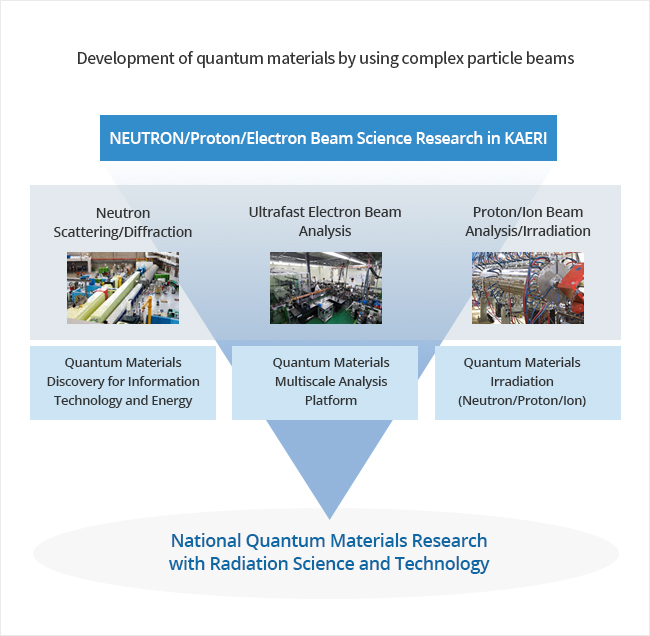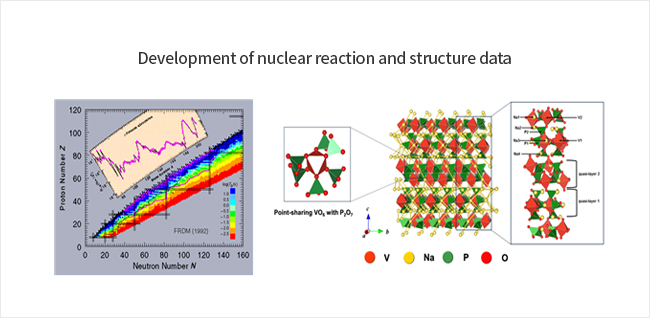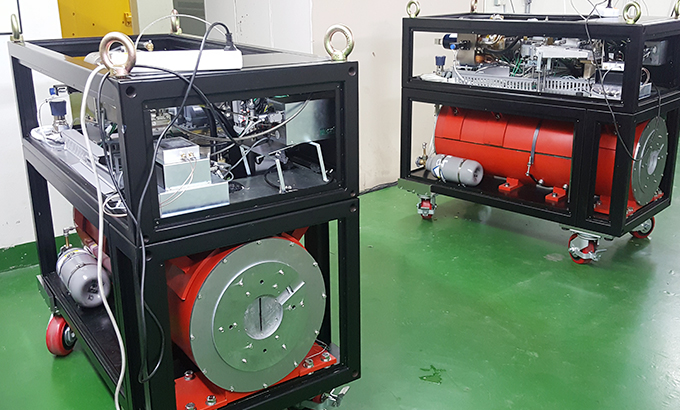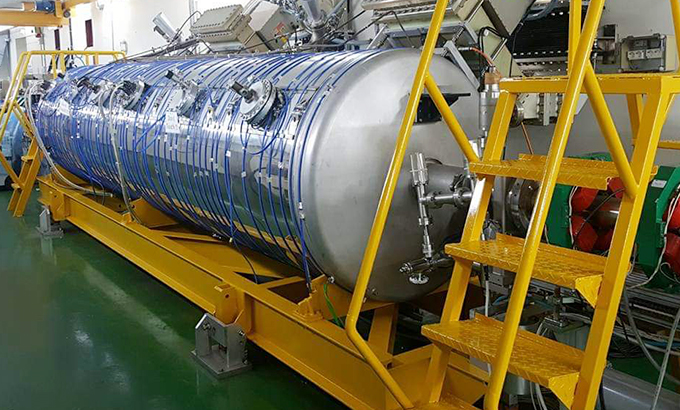Strengthening basic research in various fields
-
- Background
- Large-scale facilities are crucial for basic science
-
- Goal
- Stable operation of large-scale nuclear research facilities
-
- Significance
- Meeting the special mission of a government-funded institute by stably providing science communities and companies with government-funded facilities
Promotion Strategy

(Goal) Development of convergence and basic-core technologies incorporating 6T and nuclear technologies
(Activation of Core Technology Development) Development of quantum materials by using complex particle beams including neutrons, protons, and electrons, research on dynamics of materials and biological behavior under extreme conditions such as ultra-high temperature, ultra-low temperature, ultra-high pressure, ultra-low vacuum, and high-radiation dose, and identification of protein structure and development of anti-cancer/diagnosis materials
Strengthening Basic Research Capacity of Nuclear R&D and Applications) Production of nuclear reaction data and radiation-material interaction data

- Comprehensive research on national core materials
- Development of quantum materials by using complex particle beams
- Development and validation of nuclear reaction and structure data required in nuclear R&D and applications
- Study on structure, transition, and reaction data of atoms, molecules, and plasma
- Research on interactions between radiation and materials
- Development of nuclear, atom, molecular, and plasma transport analysis technology for fission, fusion, accelerator, and radiation applications
- Development of biomaterials by modifying molecules

